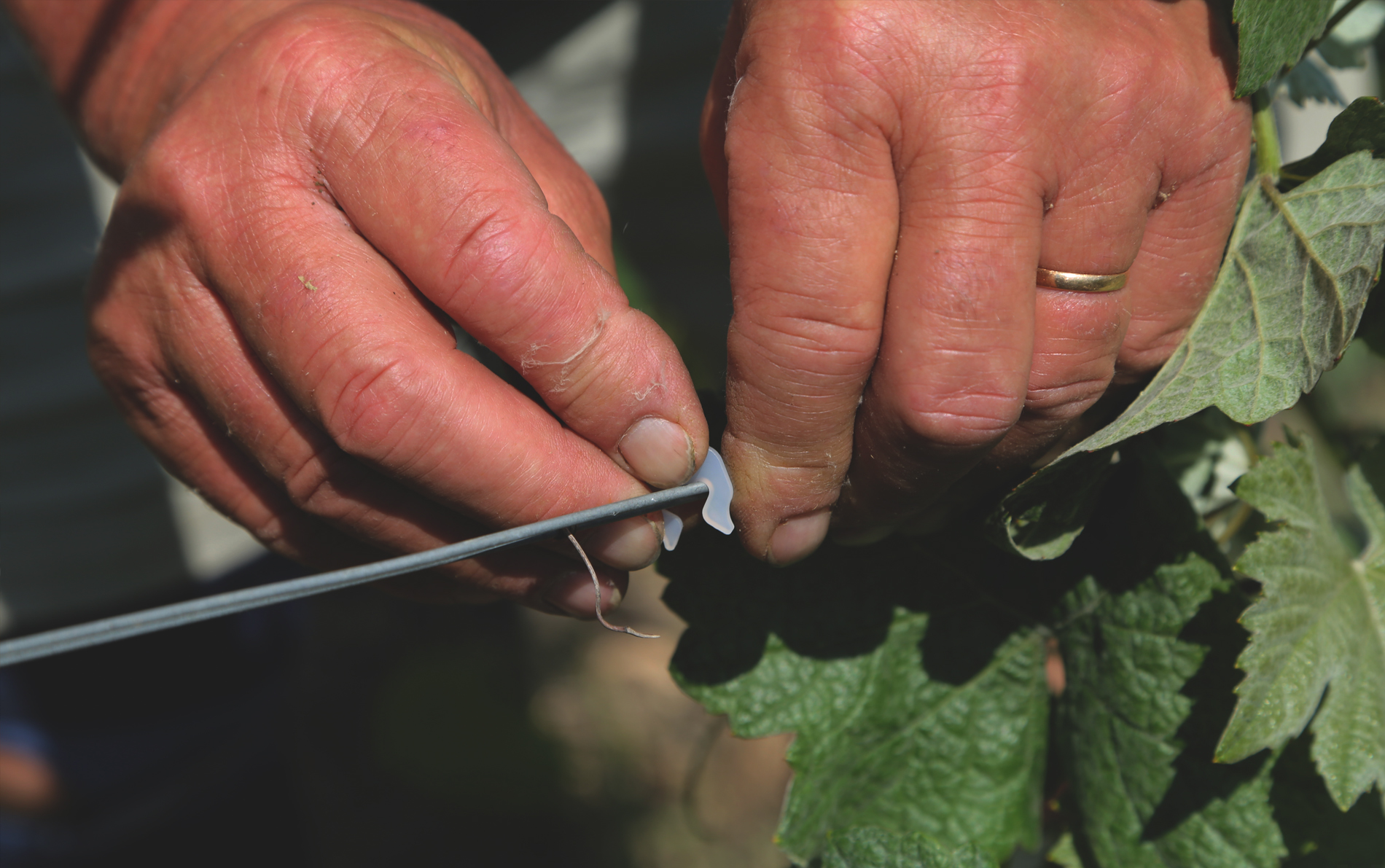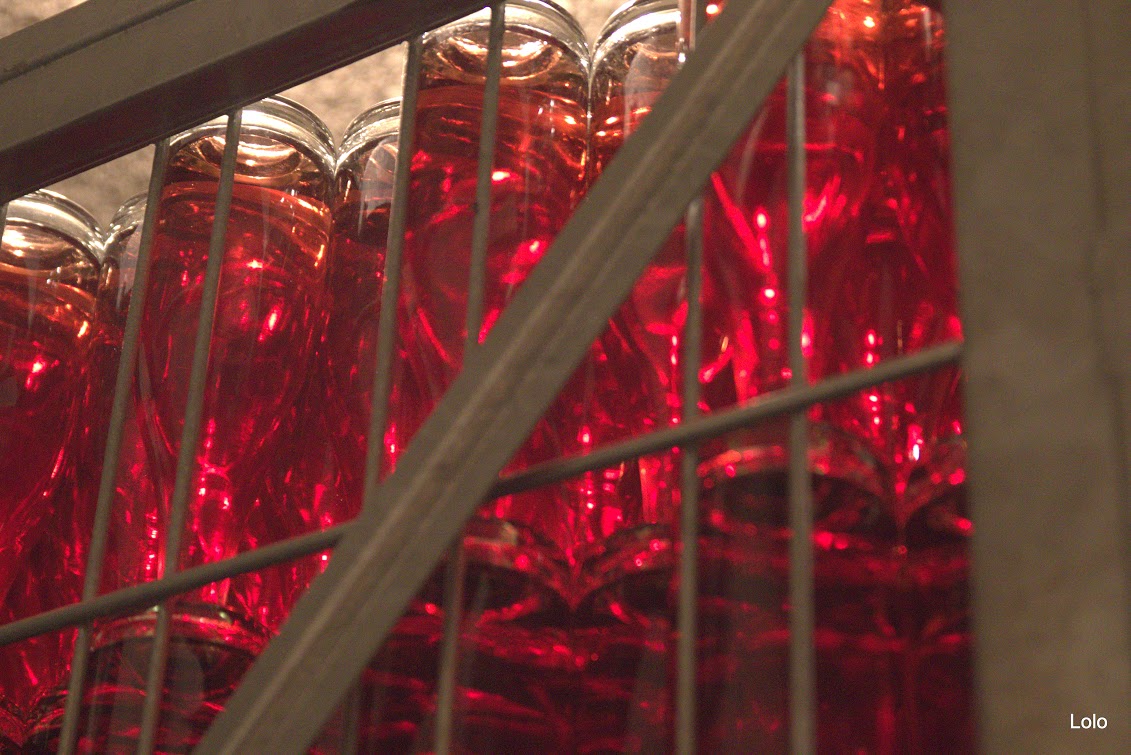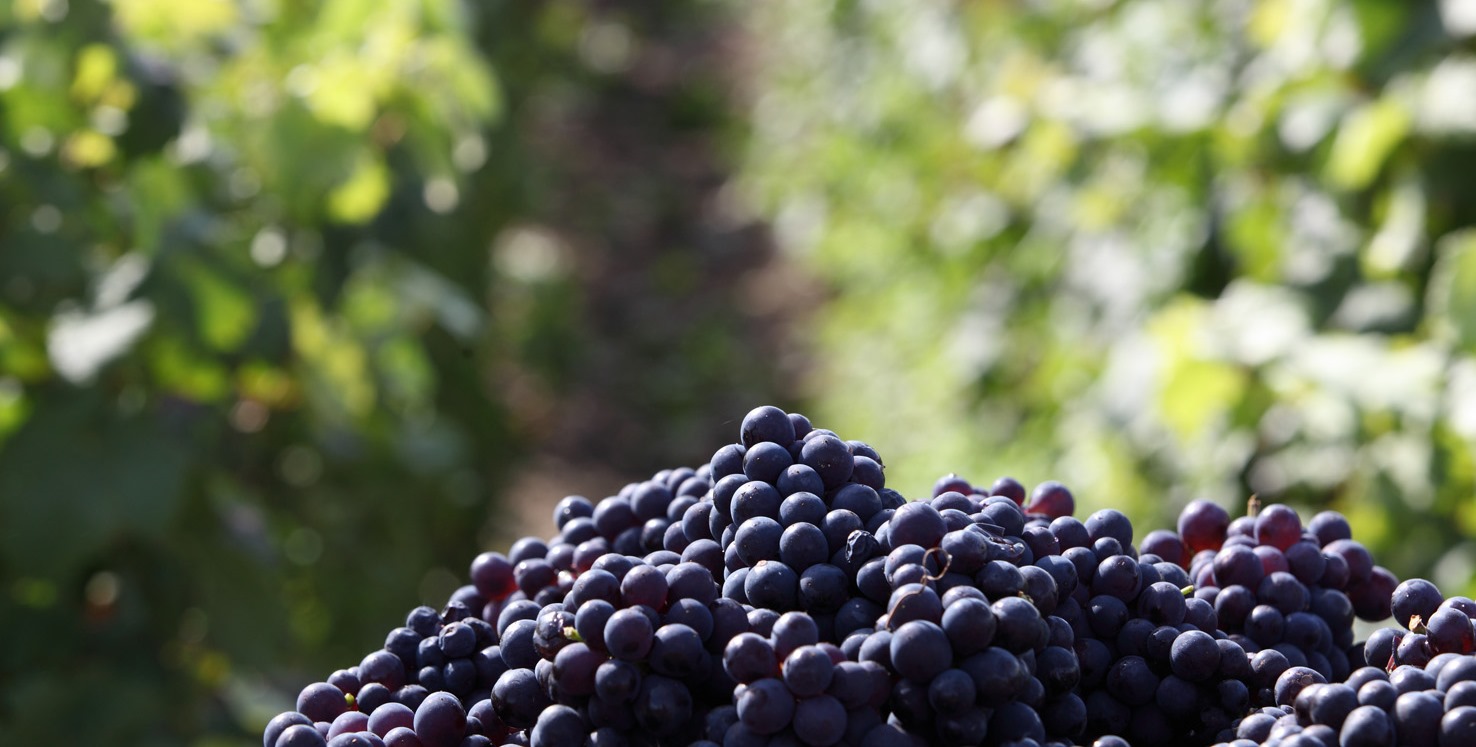Vineyard Works
The Pruning
This is carried out according to very precise rules with the objective of limiting the yield. The only methods authorized are: Chablis pruning, Cordon de Royat pruning, Guyot pruning and Vallée de la Marne – Marne Valley – pruning.
We can start when the leaves have fallen.
The Binding
This involves binding the vine’s branches to wires.
The Disbudding
We remove the unnecessary buds to ensure the quality of grapes.
The Lifting
The shoots of the vine are directed upwards in order for them to enjoy more light. These grape bearing shoots are attached to wires above the vines that provide the necessary support. The lifting takes place before the flowering.
For information, the harvest begins around one hundred days after the middle of flowering period.
The Trellising
The Trellising consists of placing clips, after having ensured an even distribution of the foliage, to attach the shoots to the upper wires.
The aim of the trellising is to encourage photosynthesis by providing a good ventilation to the foliage. Good distribution of sugars between the plant and the fruit is a major factor in the quality of the grapes.
The Tremming
With the tractor, we cut the shoots on the top and on the side. This task is important in order to remove the unnecessary shoots that rise up seeking light and risk depriving the grapes of nutrients and light.
The Spraying
Appropriate treatments are carried out based on the advice of specialists and with due consideration for the environment.
The Harvest
The picking of the grapes is subject to strict procedures. It must be done only by hand in order for bunches to arrive intact at the pressing center. Harvesting machines are forbidden in Champagne. The bunches are placed in small baskets which are dotted with aeration holes to avoid asphyxiation and overheating of the berries, and to encourage any rainwater to drain away.

Winemaking Process
The Grape Pressing
The Racking
The Alcoholic Fermentation
The aim of this step is to turn the must into wine. To do so, natural yeast are used to transform sugar into alcohol. During the fermentation, the temperature rises and is maintained at 18/20°C to keep the finesse and the aromatic complexity. To maintain the same temperature at all times, our vatting house is provided with Stainless stell tanks that are Temperature-controlled.
The Malo-Lactic Fermentation
This fermentation is not always necessary. We decide weither if it would benefit to our Cuvée after having tasted the juices of the year.
The Clarification
The Blending
It is the heart of a precise selection of different grape-varieties, different juices and different years, to obtain the perfect balance.
The Tartaric Stabilisation
The Bottling
2 to 3 people are in charge of putting the empty bottles on the chain. Each one of the bottles is filled up with wine and closed by a crown caps. Then, 5 to 6 people get the filled bottles to organize them, in order to store them for the ageing process on laths.
The ``Prise de Mousse``


